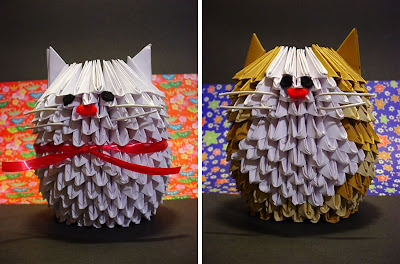Have you ever wondered if laundry balls really work? They claim that if you add them to your washing machine they’ll clean your clothes without detergent. They do sound great – for the pocket and for the planet – but a quick online search and sadly it looks like they are not that great (Choice Magazine, as well as many bloggers, say laundry balls give same results as washing with just plain water).
But one thing they did do for me was to get me thinking. What’s so bad about laundry detergents? And is there a better way to wash your clothes? I’ve found the answers I was looking for in a Natural Cleaning & Home Detox Workshop. Turns out laundry detergents have some really nasty things in them. Some I’ve found particularly shocking:
- Sodium: Used mainly to bulk up laundry powders due to its low cost, sodium has devastating effects to plants in general. As it’s very hard to remove sodium from wasterwater, it is a contributor to soil salinity. You can read more details about the bad effects of sodium here.
- Phosphate: Phosphate in itself is a good thing. It’s a fantastic fertiliser. It’s essential to agriculture, which in turn is essential to feeding our hungry world. Phosphate is a limited non-renewable resource so, just like oil, the day it runs out it will run out forever. So it rarely seems wise to waste phosphate in cleaning clothes rather than fertilising crops. Another downside of sending phosphate down waterways is that it stimulates growth of blue-green algae which is toxic for humans, animals and plants.
- Optical whiteners: These vile dyes stick to your clothes, adsorb UV light and convert it to a blueish light, giving the impression that your clothes are clean – without actually cleaning them. They can cause rashes in sensitive skin and are harmful to aquatic life.
In the workshop we were given recipes for several natural cleaning products and I decided to start off with a natural laundry detergent recipe:
1 cup washing soda
1 cup bi-carb soda
¼ cup pure soap
8 drops eucalyptus oil
2 cups hot water
Dissolve washing soda in hot water. Gradually mix in other ingredients, blending well. Transfer to a well sealed container.
The end product is sort of like a thick paste with a fresh scent of eucalyptus. I add 2 heaped tablespoons to each load and it cleans as well as any regular laundry detergent. It dissolves easily, so you don’t get any white detergent marks as you sometime get with laundry powders.
The other thing I liked is that all ingredients can easily be found in any supermarket (no need to find specialised health shops!) and the overall cost of my homemade laundry detergent is only a fraction of the cost of commercial ones.
I’ve now been using my homemade laundry detergent for over a month and I’m loving it! Even my hubby, who is sceptical about it all, is happy with it. We are saving money, the planet and still walking around in clean, fresh clothes. There is no way I’m ever going back to commercial laundry detergents!
In the workshop they recommended ½ cup of white vinegar as fabric softener. I’ve tried that too and it works quite well, especially with towels (I bet no fabric softer will get you fluffier towels). It leaves no residual smell of vinegar in your clothes at all, but it does in the washing machine itself. It’s not a problem if you have a big well-aerated laundry area but as mine is a little bigger than a cupboard, the smell is a tad overwhelming. I’ll keep testing out natural fabric softener recipes and will post one suitable for small flats once I find it!






